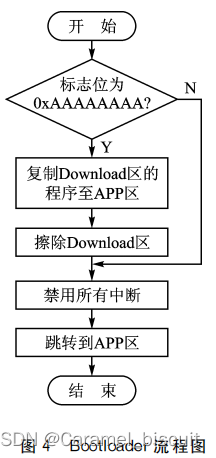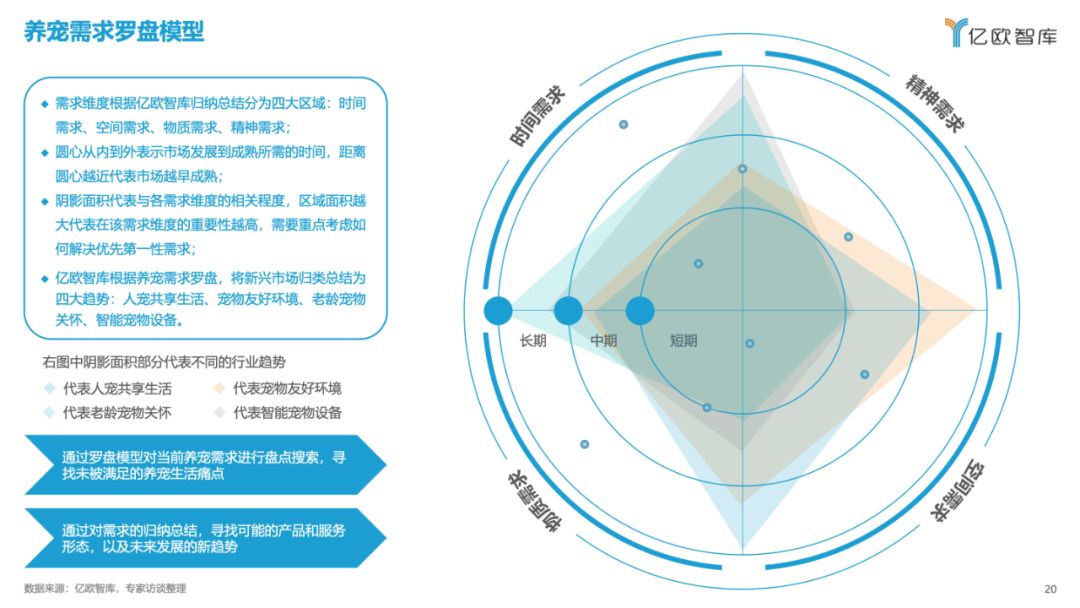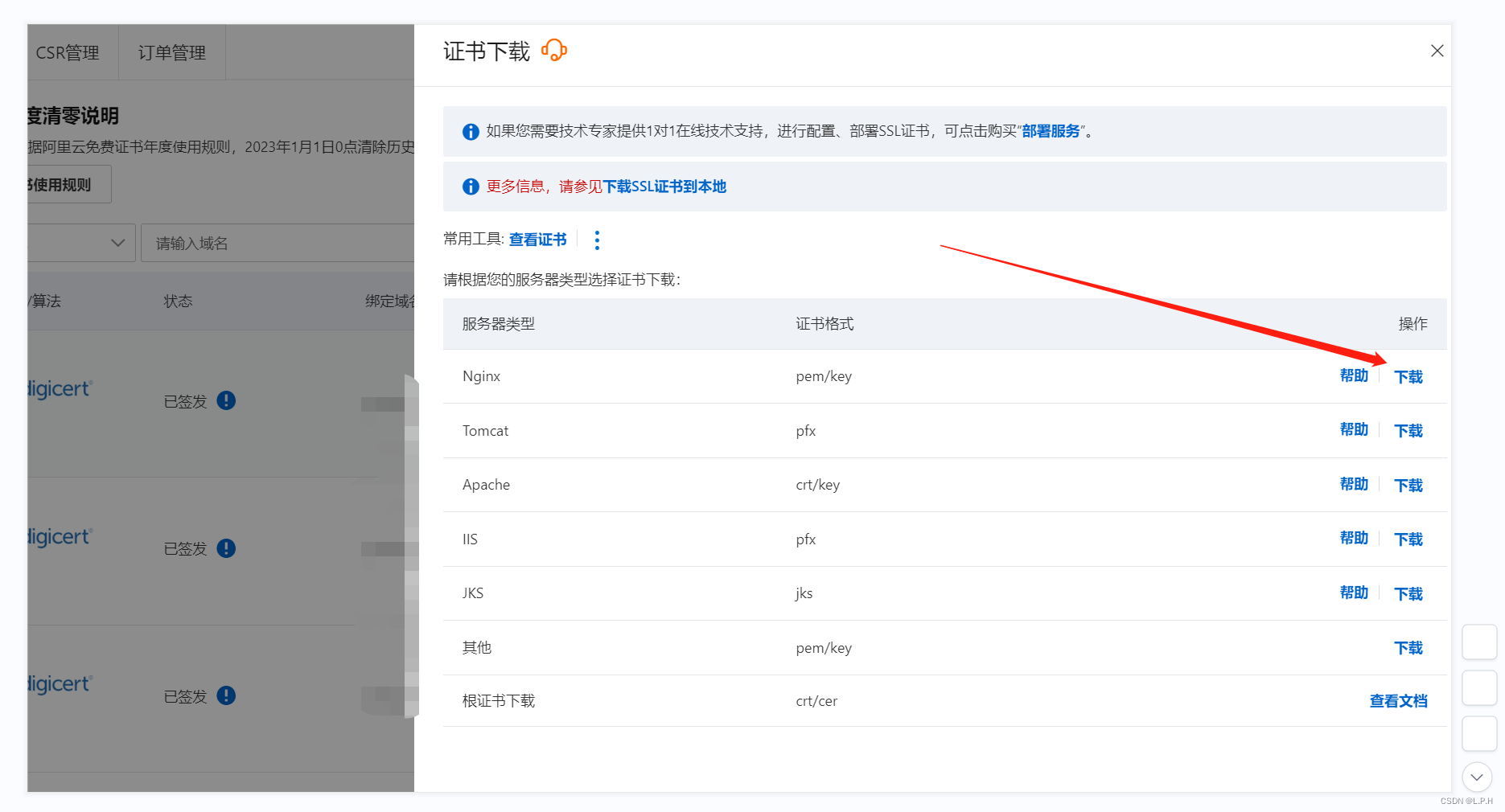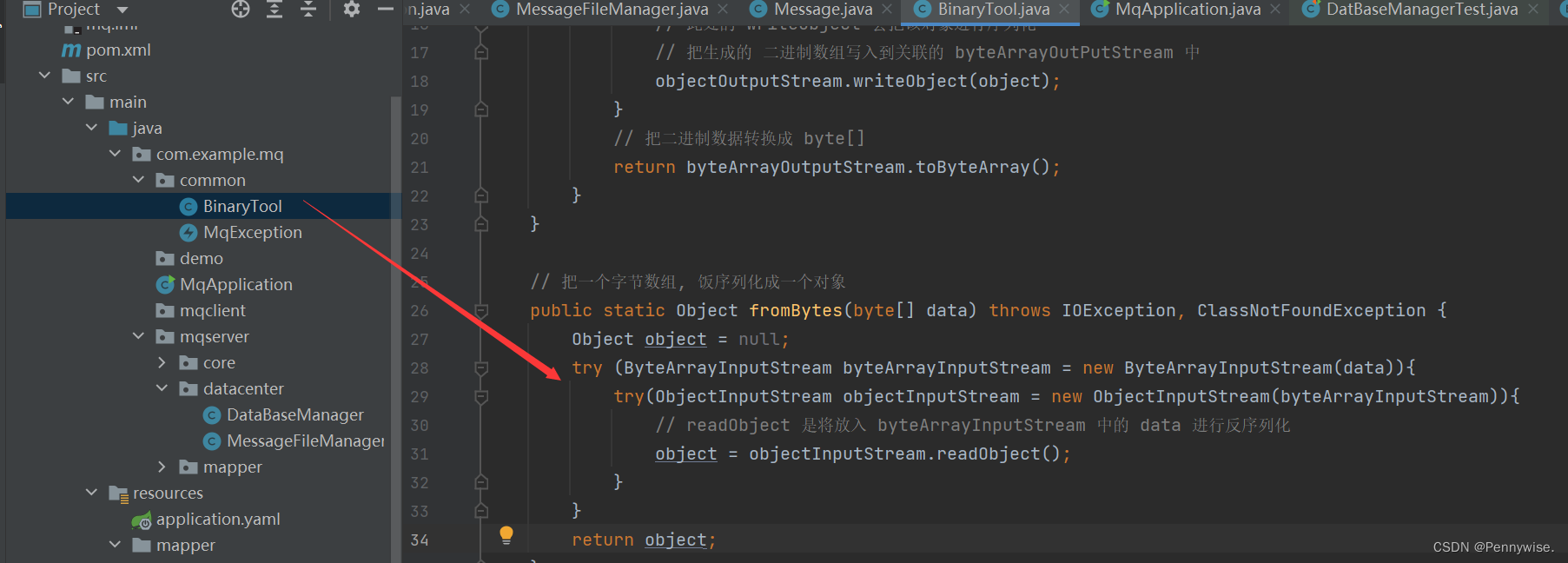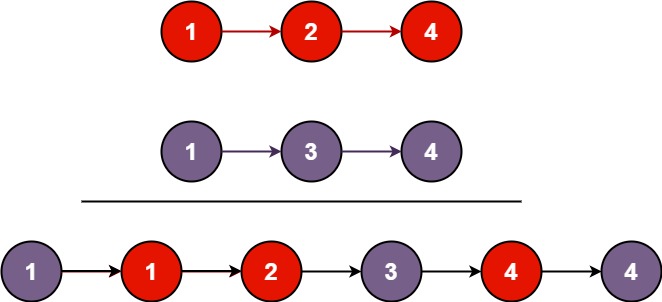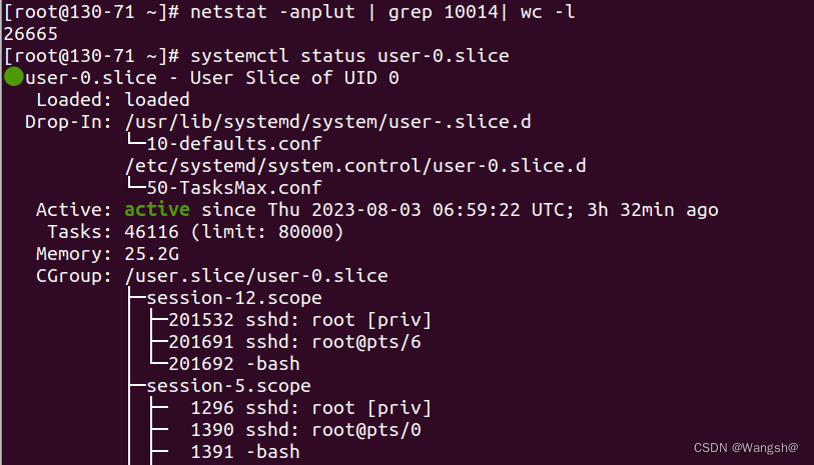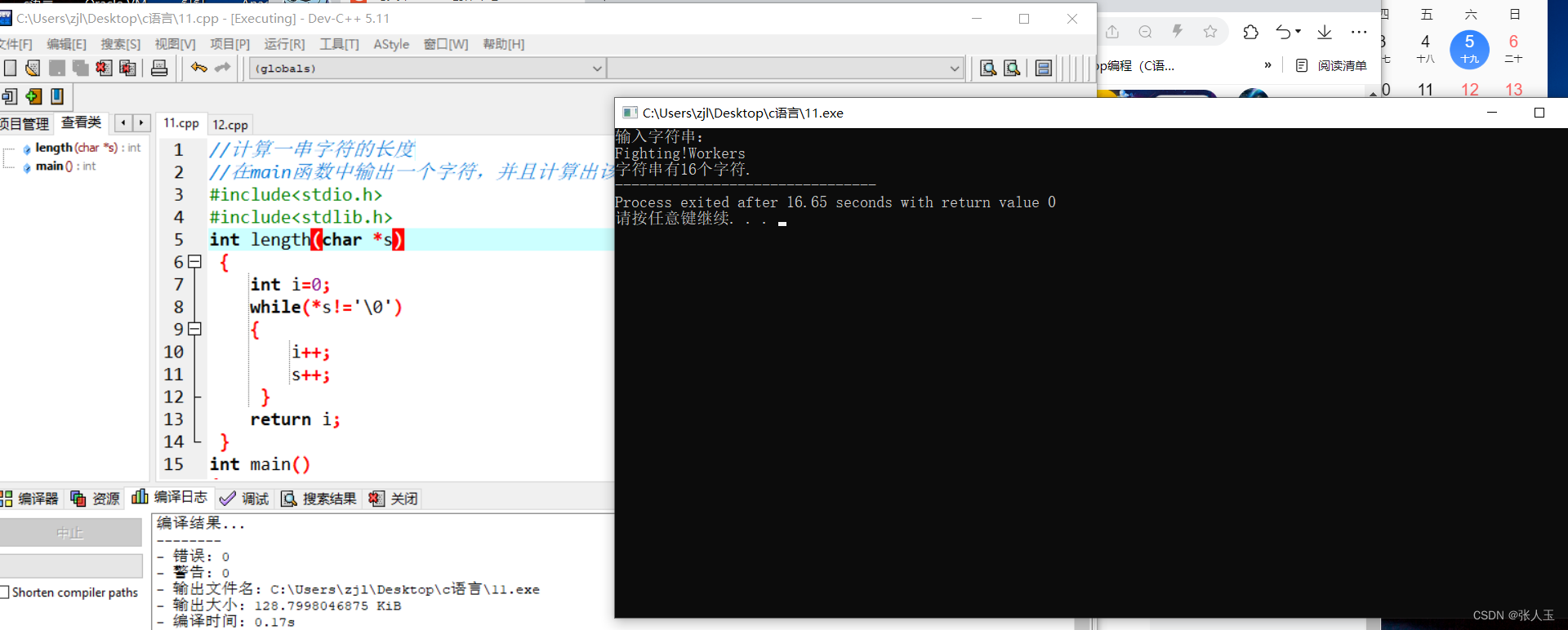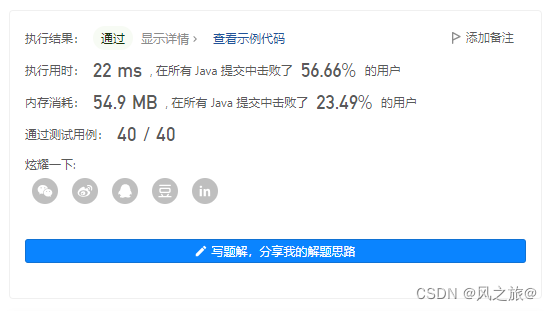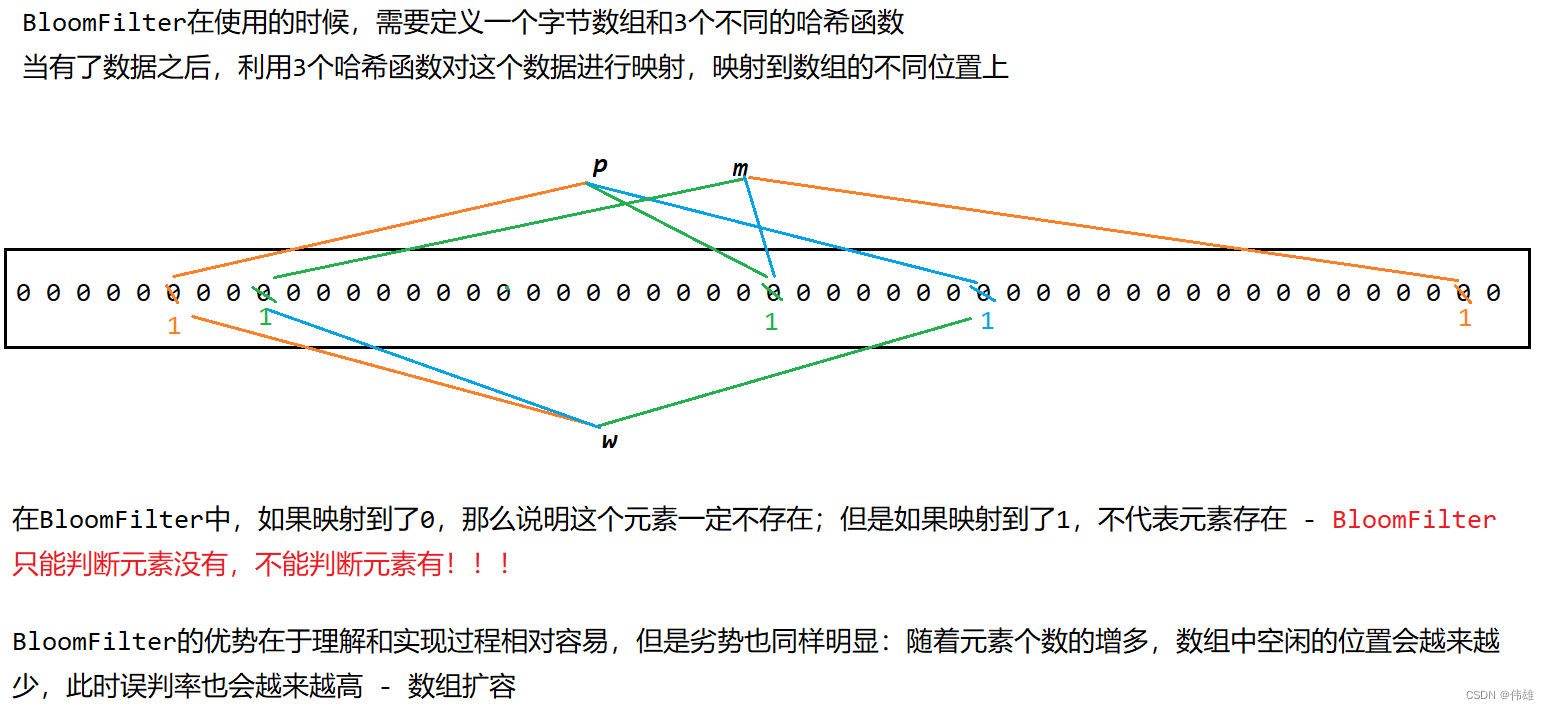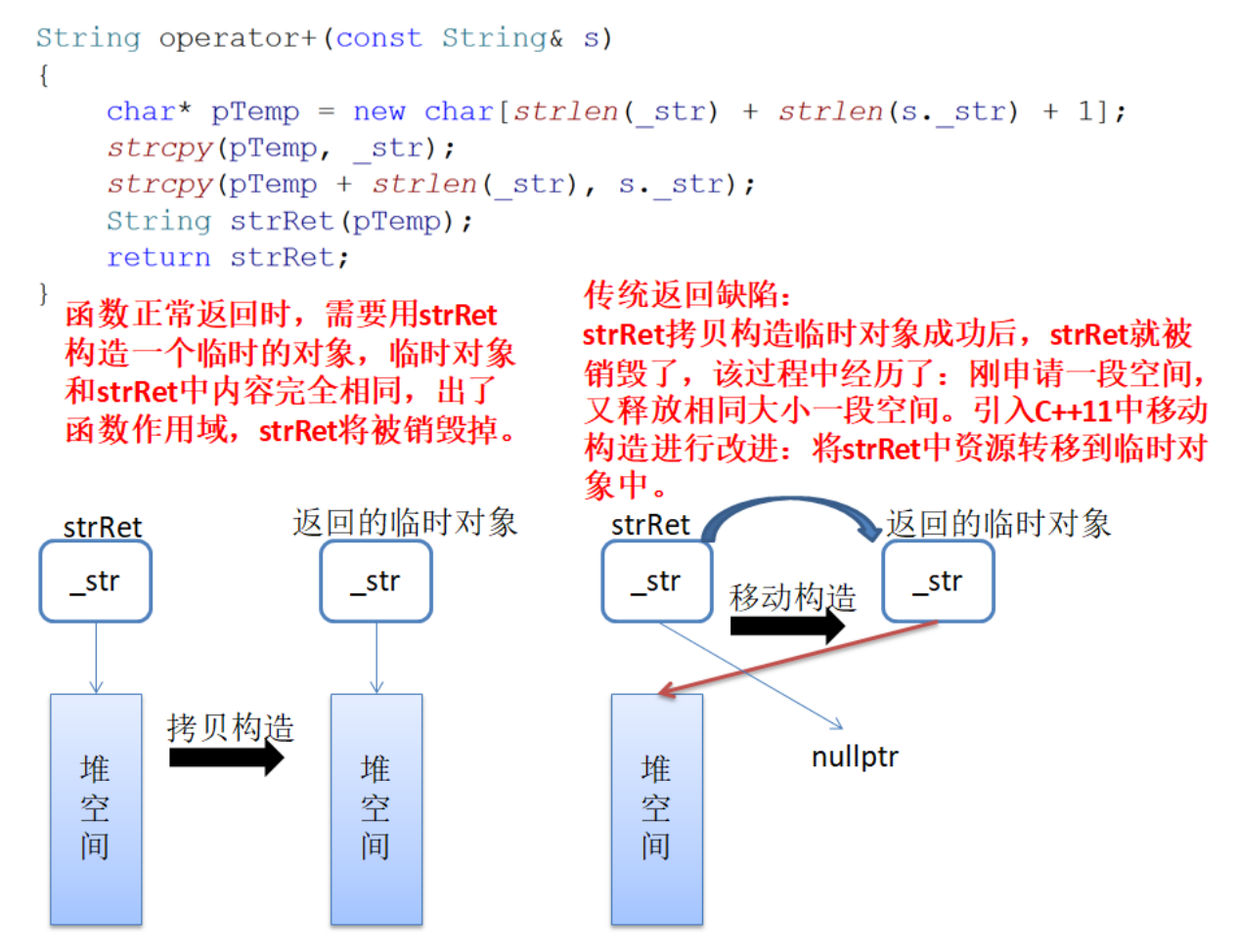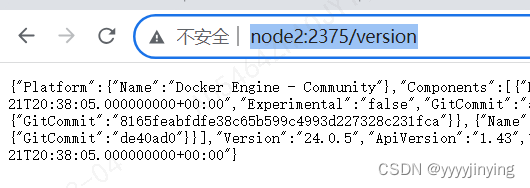数组是一种集合,此外 Julia 也有其他类型的集合,比如字典和 set(无序集合列表)。
字典
字典是一种可变容器模型,且可存储任意类型对象。
字典的每个键值 key=>value 对用 => 分割,每个键值对之间用逗号 , 分割,整个字典包括在花括号 {} 中 ,格式如下所示:
创建字典
创建字典的语法格式如下:
Dict("key1" => value1, "key2" => value2,,…, "keyn" => valuen)
以下实例创建一个简单的字典,键 A 对应的值为 1,键 B 对应的值为 2:
Dict("A"=>1, "B"=>2)
实例
julia> D=Dict("A"=>1, "B"=>2)
Dict{String, Int64} with 2 entries:
"B" => 2
"A" => 1
julia>
使用 for 来创建一个字典:
实例
julia> first_dict = Dict(string(x) => sind(x) for x = 0:5:360)
Dict{String, Float64} with 73 entries:
"285" => -0.965926
"310" => -0.766044
"245" => -0.906308
"320" => -0.642788
"350" => -0.173648
"20" => 0.34202
"65" => 0.906308
"325" => -0.573576
"155" => 0.422618
"80" => 0.984808
"335" => -0.422618
"125" => 0.819152
"360" => 0.0
"75" => 0.965926
"110" => 0.939693
"185" => -0.0871557
"70" => 0.939693
"50" => 0.766044
"190" => -0.173648
⋮ => ⋮
键(Key)
字典中的键是唯一的, 如果我们为一个已经存在的键分配一个值,我们不会创建一个新的,而是修改现有的键。
查找 key
我们可以使用 haskey() 函数来检查字典是否包含指定的 key:
实例
julia> D=Dict("A"=>1, "B"=>2)
Dict{String, Int64} with 2 entries:
"B" => 2
"A" => 1
julia> haskey(first_dict, "A")
false
julia> haskey(D, "A")
true
julia> haskey(D, "Z")
false
也可以使用 in() 函数来检查字典是否包含键/值对:
实例
julia> D=Dict("A"=>1, "B"=>2)
Dict{String, Int64} with 2 entries:
"B" => 2
"A" => 1
julia> in(("A" => 1), D)
true
julia> in(("X" => 220), first_dict)
false
添加 key/value 对
我们可以在已存在的字典中添加一个新的 key/value 对,如下所示:
实例
julia> D=Dict("A"=>1, "B"=>2)
Dict{String, Int64} with 2 entries:
"B" => 2
"A" => 1
julia> D["C"] = 3
3
julia> D
Dict{String, Int64} with 3 entries:
"B" => 2
"A" => 1
"C" => 3
删除 key/value 对
我们可以使用 delete!() 函数删除已存在字典的 key:
实例
julia> delete!(D, "C")
Dict{String, Int64} with 2 entries:
"B" => 2
"A" => 1
获取字典中所有的 key
我们可以使用 keys() 函数获取字典中所有的 key:
实例
julia> keys(D)
KeySet for a Dict{String, Int64} with 2 entries. Keys:
"B"
"A"
julia>
值(Value)
字典中的每个键都有一个对应的值。
查看字典所有值
我们可以使用 values() 查看字典所有值:
实例
julia> D=Dict("A"=>1, "B"=>2)
Dict{String, Int64} with 2 entries:
"B" => 2
"A" => 1
julia> values(D)
ValueIterator for a Dict{String, Int64} with 2 entries. Values:
2
1
julia>
字典作为可迭代对象
我们可以将字典作为可迭代对象来查看键/值对:
实例
julia> D=Dict("A"=>1, "B"=>2)
Dict{String, Int64} with 2 entries:
"B" => 2
"A" => 1
julia> for kv in D
println(kv)
end
"B" => 2
"A" => 1
实例中 kv 是一个包含每个键/值对的元组。
字典排序
字典是无序的,但我们可以使用 sort() 函数来对字典进行排序:
实例
julia> runoob_dict = Dict("R" => 100, "S" => 220, "T" => 350, "U" => 400, "V" => 575, "W" => 670)
Dict{String, Int64} with 6 entries:
"S" => 220
"U" => 400
"T" => 350
"W" => 670
"V" => 575
"R" => 100
julia> for key in sort(collect(keys(runoob_dict)))
println("$key => $(runoob_dict[key])")
end
R => 100
S => 220
T => 350
U => 400
V => 575
W => 670
我们可以使用 DataStructures.ji 包中的 SortedDict 数据类型让字典始终保持排序状态。
使用 DataStructures 包需要先安装它,可以在 REPL 的 Pkg 模式中,使用 add 命令添加 SortedDict。
在 REPL 中输入符号 ] ,进入 pkg 模式。
进入 pkg 模式
julia> ] # 输入 ] 就进入 pkg 模式
添加包预防语法格式:
add 包名
以下我们添加 DataStructures 包后,后面的实例就可以正常运行了:
(@v1.7) pkg> add DataStructures
未注册的包,可以直接指定 url:
add https://github.com/fredrikekre/ImportMacros.jl
本地包:
add 本地路径/包名.jl
实例
julia> import DataStructures
julia> runoob_dict = DataStructures.SortedDict("S" => 220, "T" => 350, "U" => 400, "V" => 575, "W" => 670)
DataStructures.SortedDict{String, Int64, Base.Order.ForwardOrdering} with 5 entries:
"S" => 220
"T" => 350
"U" => 400
"V" => 575
"W" => 670
julia> runoob_dict["R"] = 100
100
julia> runoob_dict
DataStructures.SortedDict{String, Int64, Base.Order.ForwardOrdering} with 6 entries:
"R" => 100
"S" => 220
"T" => 350
"U" => 400
"V" => 575
"W" => 670
Set(集合)
Julia Set(集合)是没有重复的对象数据集,所有的元素都是唯一的。
以下是 set 和其他类型的集合之间的区别:
- set 中的元素是唯一的
- set 中元素的顺序不重要
set 用于创建不重复列表。
创建 Set 集合
借助 Set 构造函数,我们可以创建如下集合:
实例
julia> var_site = Set()
Set{Any}()
julia> num_primes = Set{Int64}()
Set{Int64}()
julia> var_site = Set{String}(["Google","Runoob","Taobao"])
Set{String} with 3 elements:
"Google"
"Taobao"
"Runoob"
Alternatively we can also use push!() function, as arrays, to add elements in sets as follows −
我们可以使用 push!() 函数添加集合元素,如下所示:
实例
julia> push!(var_site, "Wiki")
Set{String} with 4 elements:
"Google"
"Wiki"
"Taobao"
"Runoob"
我们可以使用 in() 函数查看元素是否存在于集合中:
实例
julia> in("Runoob", var_site)
true
julia> in("Zhihu", var_site)
false
常用操作
并集、交集和差集是我们可以对集合常用的一些操作, 这些操作对应的函数是 union()、intersect() 和 setdiff()。
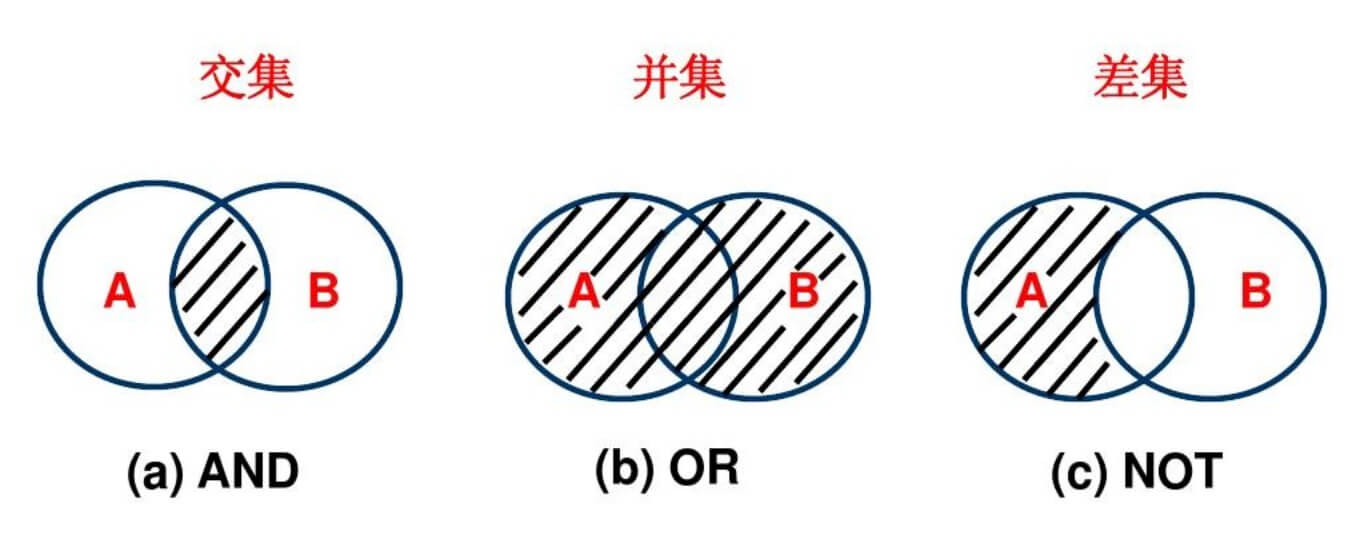
并集
两个集合 A,B,把他们所有的元素合并在一起组成的集合,叫做集合 A 与集合 B 的并集。
实例
julia> A = Set{String}(["red","green","blue", "black"])
Set{String} with 4 elements:
"blue"
"green"
"black"
"red"
julia> B = Set(["red","orange","yellow","green","blue","indigo","violet"])
Set{String} with 7 elements:
"indigo"
"yellow"
"orange"
"blue"
"violet"
"green"
"red"
julia> union(A, B)
Set{String} with 8 elements:
"indigo"
"green"
"black"
"yellow"
"orange"
"blue"
"violet"
"red"
交集
集合 A 和 B 的交集是含有所有既属 A 又属于 B 的元素,而没有其他元素的集合。
实例
julia> intersect(A, B)
Set{String} with 3 elements:
"blue"
"green"
"red"
差集
集合 A 和 B 的差集是含有所有属 A 但不属于 B 的元素,即去除 B 与 A 重叠的元素。
实例
julia> setdiff(A, B)
Set{String} with 1 element:
"black"
字典与集合常用函数实例
在下面的实例中,演示了字典中常用的函数,在集合中也同样适用:
创建两个字典 dict1 和 dict2:
实例
julia> dict1 = Dict(100=>"X", 220 => "Y")
Dict{Int64,String} with 2 entries:
100 => "X"
220 => "Y"
julia> dict2 = Dict(220 => "Y", 300 => "Z", 450 => "W")
Dict{Int64,String} with 3 entries:
450 => "W"
220 => "Y"
300 => "Z"
字典并集:
实例
julia> union(dict1, dict2)
4-element Array{Pair{Int64,String},1}:
100 => "X"
220 => "Y"
450 => "W"
300 => "Z"
Intersect
julia> intersect(dict1, dict2)
1-element Array{Pair{Int64,String},1}:
220 => "Y"
字典差集:
实例
julia> setdiff(dict1, dict2)
1-element Array{Pair{Int64,String},1}:
100 => "X"
合并字典:
实例
julia> merge(dict1, dict2)
Dict{Int64,String} with 4 entries:
100 => "X"
450 => "W"
220 => "Y"
300 => "Z"
查看字典中的最小值:
实例
julia> dict1
Dict{Int64,String} with 2 entries:
100 => "X"
220 => "Y"
julia> findmin(dict1)
("X", 100)
